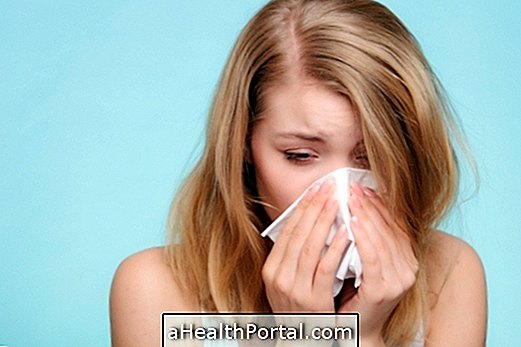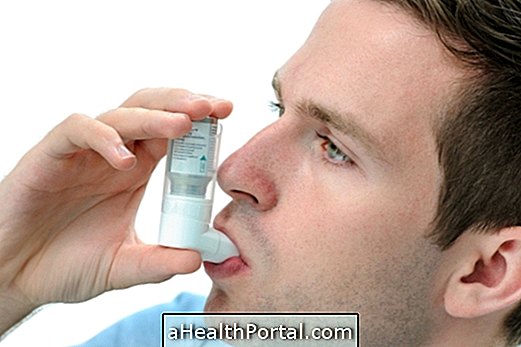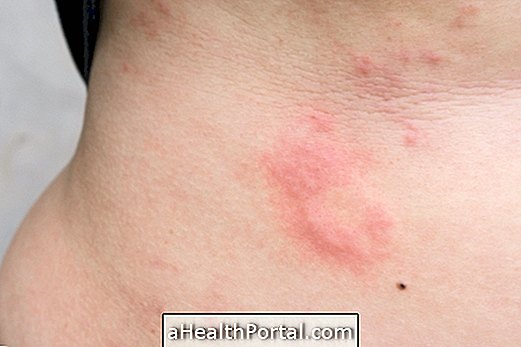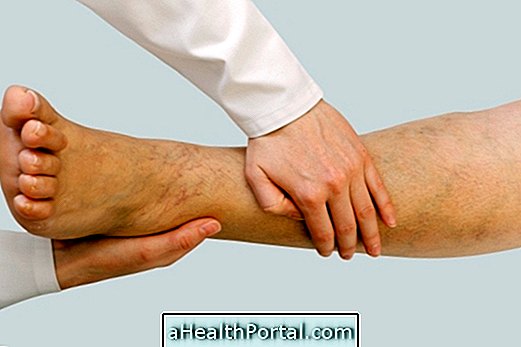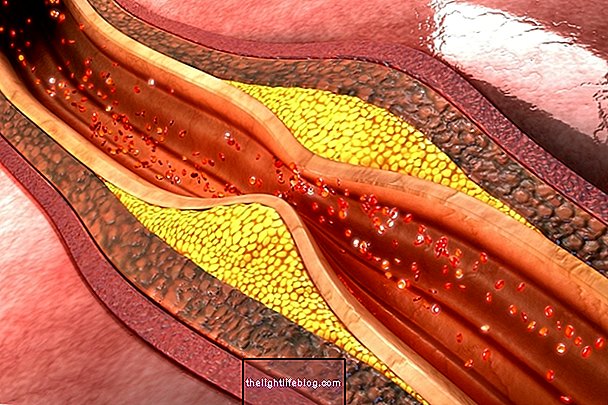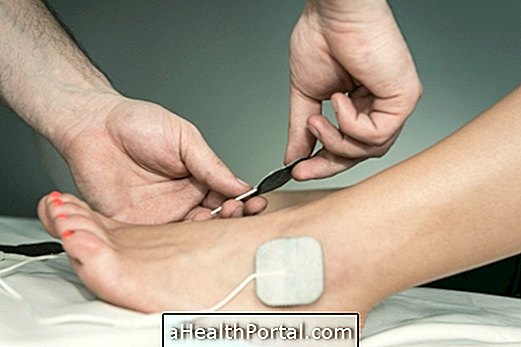Sunscreen allergy is an allergic skin reaction that can cause symptoms such as redness, itching and hives on the skin and your treatment can be done with antihistamine medicines or corticosteroids, which can be found in tablets or syrups.
Sunscreen allergy consists of an inflammatory reaction to a sunscreen irritating substance and as soon as the first symptoms appear, it is important that you wash all regions where you applied the product with abundant water and soap with neutral pH and pass a cream moisturizing and soothing.
If the baby has allergy to sunscreen getting all red and irritated skin should be taken to the hospital as soon as possible. Understand how to choose the best sunscreen to prevent allergy in the baby.
Symptoms of Sunscreen Allergy
Allergy symptoms can arise in adults, children and even in babies. The main symptoms appear in the regions of the skin where the protector was applied and include:
- Itching;
- Redness;
- Desquamation and irritation;
- Presence of white or reddish spots or polka dots.
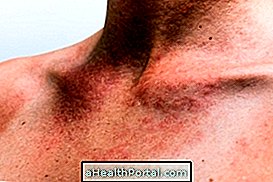

In more severe and rare cases, allergy to sunscreen can lead to more serious symptoms such as difficulty breathing and feeling of something stuck in the throat.
What to do when first symptoms appear
If you identify the signs and symptoms of sunscreen allergy in the baby you should call your pediatrician or go to the doctor as soon as possible because the baby may even be hospitalized.
In older children and adults as soon as the first allergy symptoms appear, it is important that you take action quickly, washing with abundant water and soap with neutral pH in all regions where you applied sunscreen. After washing, hypoallergenic products with calming agents, such as creams or lotions with chamomile, lavender or aloe vera, for example, to soothe irritation and keep skin hydrated and cared for, should be passed on the skin.
If after washing and moisturizing the skin, the symptoms do not disappear completely after 2 hours or if they even get worse, it is recommended that you consult your dermatologist as soon as possible so that the dermatologist can pass the recommended treatment for you.
Also, if the symptoms worsen and you find yourself having difficulty breathing and feeling something stuck in your throat, you should go quickly to the emergency room, as it is a sign that you have had a severe allergy to sunscreen.
Treatment of sunscreen allergy
The recommended treatment for allergy to sunscreen depends on the severity of the symptoms and can be done with antihistamines such as Loratadine or Allegra, for example, or with corticosteroids such as betamethasone, in the form of syrup or tablets used to relieve and treat the symptoms of allergy.
In addition, to reduce redness and itchiness on the skin the doctor may also recommend passing anti-histamine ointments such as Polaramine in cream, which help decrease redness and itching of the skin.
Diagnosis
The diagnosis of allergy to sunscreen can be made by observing the symptoms that appear on the skin after application of the product and the confirmation of allergy diagnosis can be made through an allergy test, as requested by the dermatologist. This test consists of applying various substances known to cause allergies in different regions of the skin, letting them act for about 24 to 48 hours.
After the indicated time, the doctor will then observe whether the test was positive or negative, noting if there was redness, itching or blisters on the skin. See how allergy testing is done in Allergy Testing.



If the allergy test is positive and the doctor observes a symptom, the patient may then initiate appropriate treatment.
How to protect your skin in case of allergy to sunscreen
Sunblock allergy is a problem that has no cure, but there are some tips and alternatives that can help protect the skin of those who have had any allergies, such as:
- Test other brands of sunscreen and try using hypoallergenic sunscreen;
- Do not catch sun in the hottest hours, between 10 am and 4 pm.
- Go in places with lots of shade and spend as much time as possible outside the sun;
- Wear t-shirts that protect against the sun's rays and wear a wide-brimmed hat or cap;
- Eat more foods rich in beta-carotene as they protect the skin from the sun's rays and prolong the tan.
Another option is to choose to use the drinkable sunscreen, a vitamin juice that protects the skin from damage caused by the sun's rays. Learn more in How the Sunscreen Works for Drinking.
All these care are essential as they help protect the skin from the harmful effects caused by the sun, preventing the appearance of skin blemishes or cancer.
What to do to avoid sunblock allergy
To avoid allergy to sunscreen, it is important to do a short test before putting on a full body protector, so it is recommended that you put some protective behind the ears and let it work for 12 hours without washing. After this time, if there is no reaction, the protector can be used without any problem.
Sunscreen allergy is an allergy that is not very common and affects mostly babies and children, so it is recommended that only sunscreens suitable for these ages should be used.
